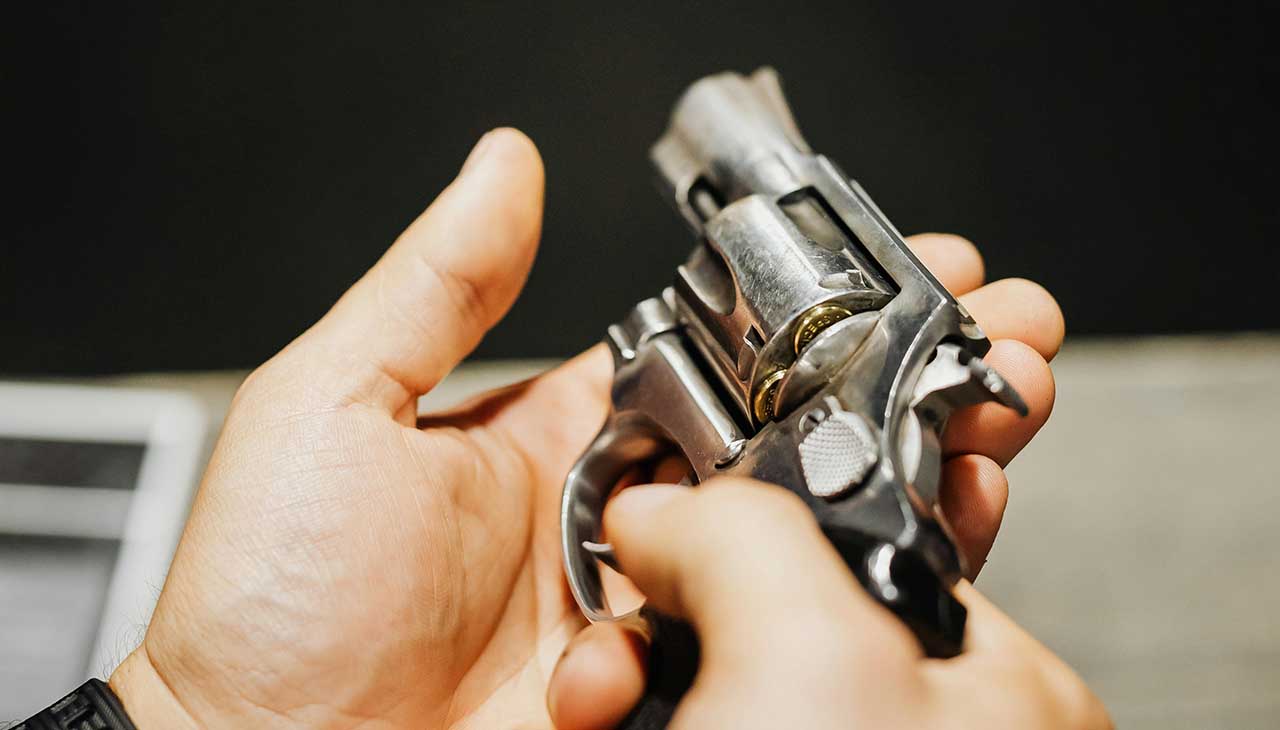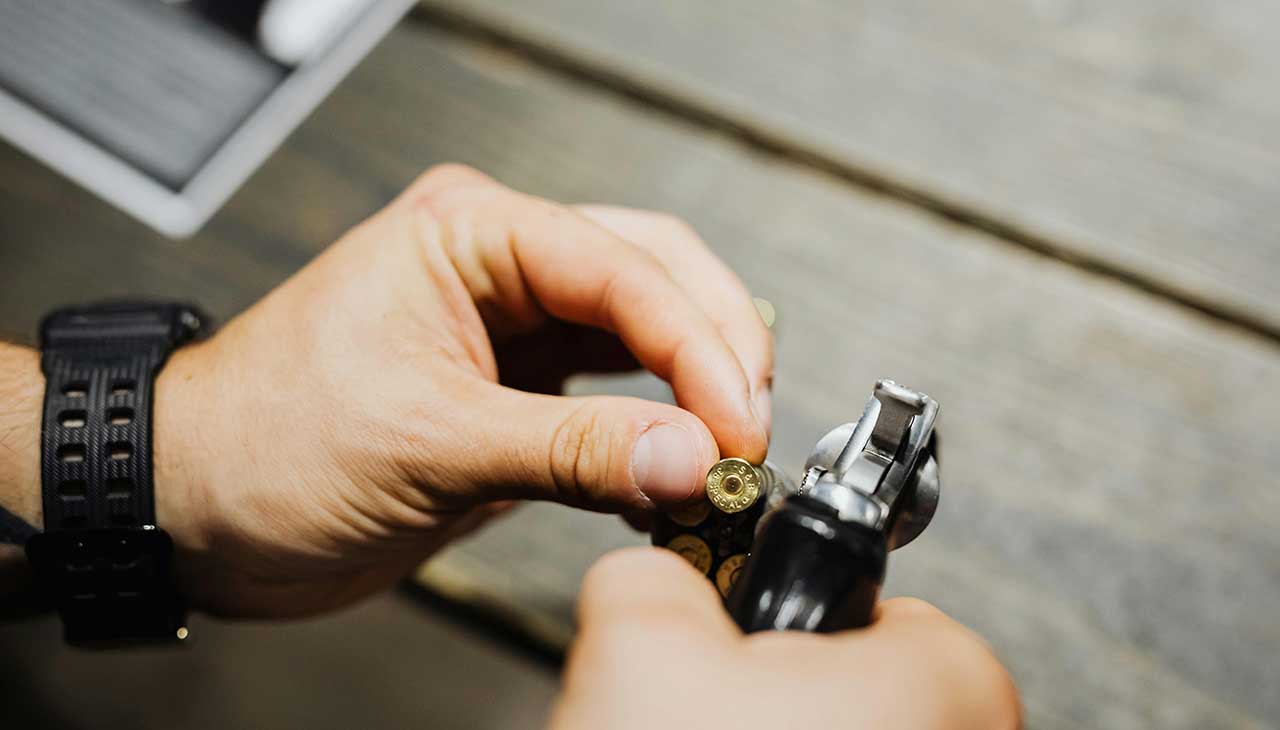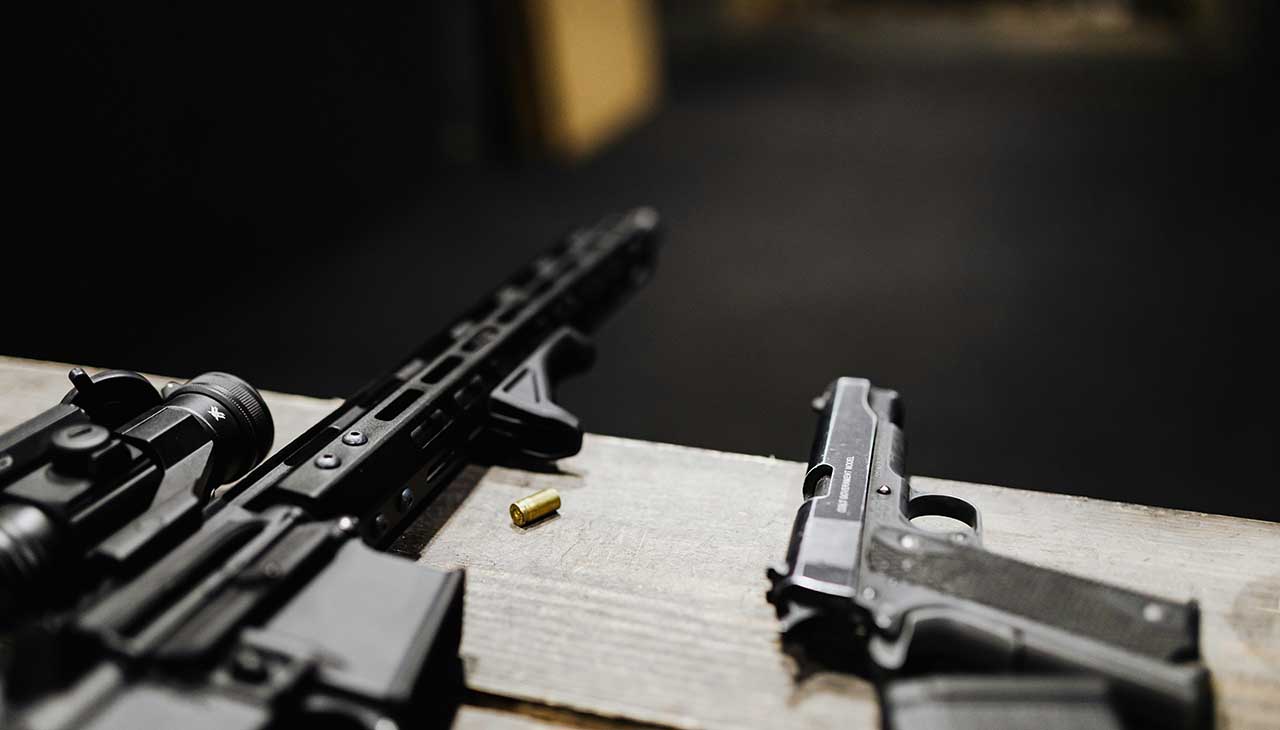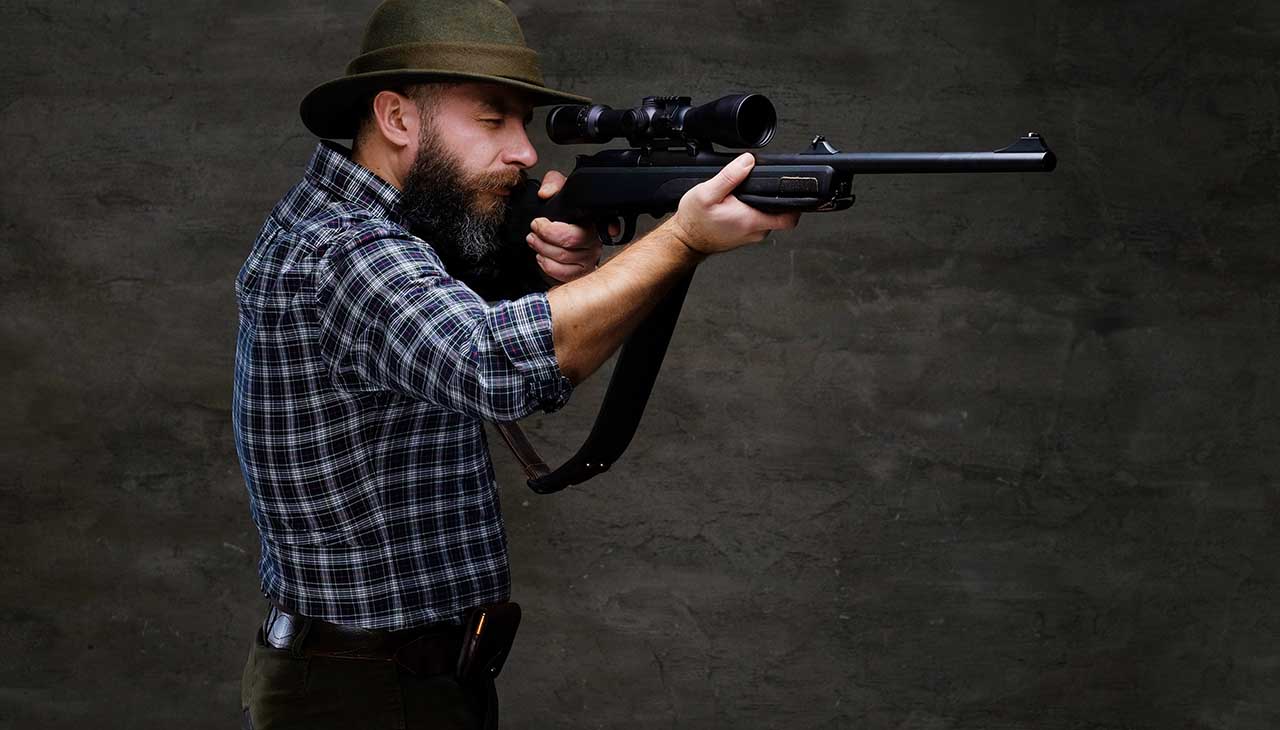
Historical Firearms That Shaped the Modern World
Firearms have long played a pivotal role in human history, both shaping and reflecting the changes in society, politics, and warfare. From the innovation of gunpowder in ancient China to the mass-produced assault rifles of the 20th century, the evolutions of these tools have mirrored the evolution of civilization itself. In this exploration, we’ll unearth the stories behind the significant weapons that redefined the battlefields and the world at large. Understanding the progression of firearms not only illuminates critical historical moments but also prompts vital discussions about the ethical and moral implications of weapon development and usage.
Ancient Innovations
Humanity’s fascination with the explosive force of gunpowder began over a millennium ago, marking the birth of the first gun-like weapons. The Chinese fire lance, a simple tube ignited by a fuse, was one of the earliest incarnations, while the European hand cannon was the continent’s answer to portable firepower. These early developments, seemingly crude by today’s standards, had profound impacts on military tactics and warfare. The strategy of battles shifted, representing a transition from traditional melee combat to an era of ranged warfare that favored different skills and approaches.
The use of these arms signaled a power shift in military conflicts. Societies that first mastered this technology gained an advantage, altering the outcomes of battles and the course of history. Despite their limitations, these ancient innovations laid the groundwork for future inventions and the gradual refinement of firearms.
Revolutionary Firearms
The introduction of the musket and the later refinement into the rifle were akin to revolutions in their own right, influencing both the American and French Revolutions. The musket, functioning with a matchlock or flint mechanism, provided a significant leap in the efficiency and rate of fire compared to its predecessors. Its impact is indelibly linked to the revolutionary zeal, as it armed the soldiers who fought for liberty and independence.
Likewise, the rifle’s accuracy and range extended the capabilities of gun-armed forces, leading to new military strategies and a redefinition of battles. These advances set the stage for modern infantry tactics and changed the nature of warfare, requiring new formations and maneuvering techniques to accommodate the firepower at soldiers’ disposal.
Industrial Era Developments
The Industrial Revolution propelled the manufacturing of firearms to new heights. Innovations in production processes and materials allowed firearms to be produced en masse, changing the scale of conflicts and the accessibility of weapons. Iconic weapons like the Colt revolver and the Henry rifle became symbols of American frontier days, showcasing advancements such as repeat firing and ammunition capacity.
The significant increase in the production of guns and ammunition was a double-edged sword, providing defensive capabilities to individuals and nations while also contributing to the escalation of conflicts. It was during this time that firearms began to carry significant cultural, social, and political meanings, often reflecting the values and attitudes of the societies in which they were used and produced.
World Wars and Beyond
The two world wars provided the impetus for some of the most significant developments in firearms technology. Machine guns, tanks, and aircraft armed with bombs and guns reshaped the notion of armed conflict on a global scale. The incremental improvements to existing weapons and the creation of entirely new ones were a testament to the rapid advancements spurred by the exigencies of war.
The legacy of these cataclysmic events is the deployment of cutting-edge weapons, many of which have continued to evolve into the 21st century. Firearms had become part of a comprehensive military machinery, contributing to the logistics and strategies that govern modern warfare. The lessons learned from these conflicts would define military doctrines and continue to influence the policies and practices within armed forces around the world.
Ethical and Moral Considerations
The historical context of firearm development frames the ethical and moral debates that continue to rage today. Firearms have been central to discussions on personal security, national defense, and individual rights, often with starkly opposing viewpoints. Exploring the historical use of weapons within the greater narrative of human history can offer insights into the complexities and nuances of these debates.
The enduring question of responsibility in the creation and use of firearms is a thread that connects the past to the present day. The study of history is a poignant reminder that technology, no matter how advanced, is neutral; it is the intention and the hand that wields it that bestow it with purpose and consequence. In unpacking the ethical and moral frameworks related to firearms, we equip ourselves with an informed perspective to engage with the challenges of the modern world.
Conclusion
The story of historical firearms is not merely a chronicle of machines; it is a saga of innovation, conflict, and the human condition. Through the lens of weaponry, we can trace the trajectory of civilizations and the ways in which societies have risen and fallen. It is an undeniable fact that firearms have left an indelible mark on the landscape of our shared history.
To appreciate the role of firearms in shaping the modern world is to understand the forces that have sculpted the past and continue to guide the future. It forms a vital component of our collective identity and an obligation to learn and grow from the lessons that history affords. Engaging with this subject matter enriches our understanding of the world we live in and deepens our grasp of the complexities of society, war, peace, and the human spirit.
As we look to the future, it is not only the advancements in technology that will define the era, but also the wisdom and discernment with which we apply our knowledge. The knowledge we gain from exploring the legacy of firearms can provide critical guidance to a world that finds itself at the nexus of progress and peril, requiring us to wield our understanding with care and courage.








Leave a Reply